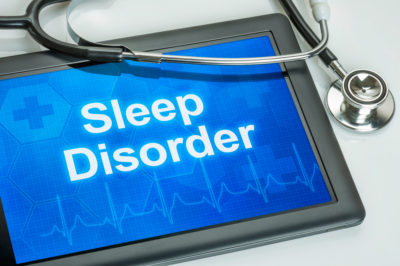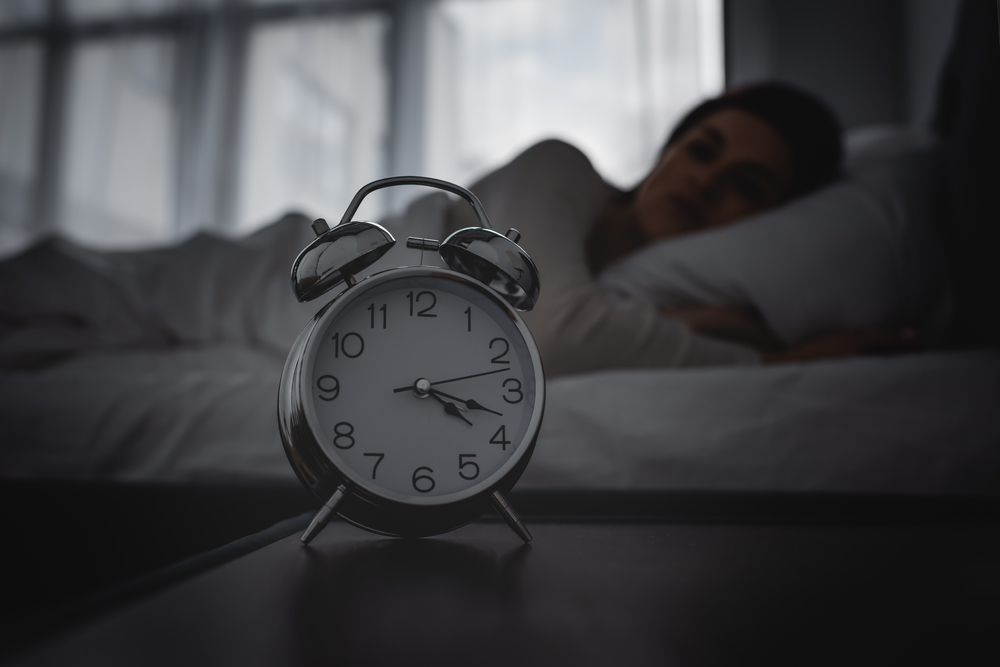Did you know the impairment caused by sleep deprivation can be compared to alcohol intoxication? According to the CDC, going 24 consecutive hours without sleep can be equated to having a blood alcohol content of 0.10%. In California, the legal limit for driving is .08%. Excessive drowsiness makes you less alert and significantly impacts your coordination, judgment, and response times.
Sleep deprivation is one way sleep disorders can wreak havoc on your life.
What is a sleep disorder?
 A sleep disorder is an established pattern of issues with the quality, timing, and amount of sleep you get regularly. Sleep disorders can adversely affect your health and functioning. Symptoms may include unusual breathing patterns, waking during the night, daytime fatigue, and increased movement during sleep.
A sleep disorder is an established pattern of issues with the quality, timing, and amount of sleep you get regularly. Sleep disorders can adversely affect your health and functioning. Symptoms may include unusual breathing patterns, waking during the night, daytime fatigue, and increased movement during sleep.
Sleep disorders can lead to high blood pressure, obesity, stroke, heart attacks, and depression. Common sleep disorders include:
- Sleep Apnea
- Restless Leg Syndrome
- Insomnia
- Narcolepsy
- Parasomnia
Stages Of Sleep
Sleep can be broken down into the following four stages:
- Awake time, or Stage 0, accounts for the time you spend in bed just before falling asleep and just after waking. It can also include brief periods of wakefulness during the night.
- Light Sleep, or NREM (Non-REM) Stage 1+2, is when your muscles relax, breathing slows, and your heart rate decreases. Waking up is easier from this stage.
- Deep Sleep, or NREM Stage 3+4, is when your body restores itself. Brain waves are long and slow, tissue growth and cell repair occur, and your blood pressure drops. It is more difficult to wake up from this stage.
- REM, or Stage R, is when heart rate and respiration increase, and vivid dreams may occur. As its name suggests, it is typical for your eyes to move rapidly beneath the lids during this phase.
You should experience between three and five 90-minute cycles that progress sequentially through each sleep stage during a typical night’s sleep.
How An EEG Can Help
Even when you are asleep, your brain is always active. Brain cells produce electrical charges that can be detected by a kind of neurological test known as an electroencephalogram, or EEG.
A series of small metal discs are attached directly to your scalp using sticky patches during an EEG. Sometimes tape, paste, or another adhesive is applied to help these discs, or electrodes, stay in place. The electrodes connect to a machine that records your brain waves by producing wavy lines.
A sleep study utilizes EEG monitoring of your brain’s electric impulses while you sleep. A technician will also record your sleep stages, eye movements, and other vital signs to detect any abnormalities that would indicate the presence of a sleep disorder.
If you suspect you or someone you know may be living with a sleep disorder, getting a diagnosis is essential. Here at The Arizona Institute of Neurology and Polysomnography we perform non-invasive overnight sleep studies that can help determine the cause of your sleep-related woes and get you on track for treatment in no time.



